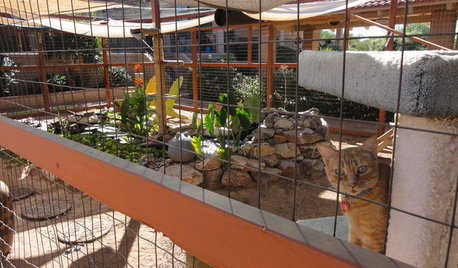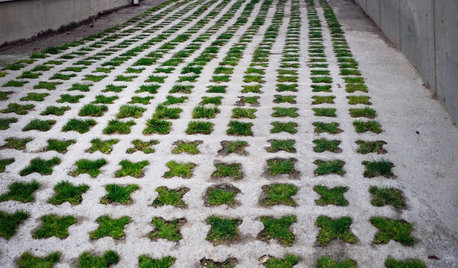running gutter drainage underground
3katz4me
17 years ago
Featured Answer
Sort by:Oldest
Comments (33)
kudzu9
17 years ago3katz4me
17 years agoRelated Professionals
Garden Grove Kitchen & Bathroom Remodelers · Salinas Kitchen & Bathroom Remodelers · Murraysville General Contractors · Beloit General Contractors · Binghamton General Contractors · Corsicana General Contractors · Groveton General Contractors · Shorewood General Contractors · Canton Painters · Carpinteria Painters · Fillmore Painters · Monterey Park Painters · Oceanside Painters · Ossining Painters · Vashon Paintersdavidandkasie
17 years agojonnyp
17 years ago3katz4me
17 years agobill_g_web
17 years agothull
17 years agobrickeyee
17 years ago3katz4me
17 years agobroz
17 years agobus_driver
17 years agoelbmd_hotmail_com
17 years agochisue
17 years agoloves2read
17 years agograywings123
15 years agobrickeyee
15 years agolazypup
15 years agograywings123
15 years agorjoh878646
15 years agojigou
15 years agostevega
15 years agoUser
15 years agolazypup
15 years agojanpj
15 years agouylee31_gmail_com
14 years agobizz
14 years agojansca002_yahoo_com
13 years agohuffine5_comcast_net
13 years agore_c_gmail_com
12 years agocoop_dk_live_com
12 years agohonor0072_mac_com
12 years agoelizabeth_5
12 years ago
Related Stories

HOUSEKEEPINGIt’s Time to Clean Your Gutters — Here’s How
Follow these steps to care for your gutters so they can continue to protect your house
Full Story
MONTHLY HOME CHECKLISTSNovember Checklist for a Smooth-Running Home
Prep for holiday entertaining and the onslaught of winter to enjoy a healthy home and a relaxed mood
Full Story
LANDSCAPE DESIGNHow to Move Water Through Your Landscape
Swales, underground pipes or a mix of both: There’s more than one way to distribute water in the garden
Full Story
LANDSCAPE DESIGNProblem Solving With the Pros: Sustainable Landscape Captures Runoff
An underground cistern, permeable paving and a rain garden are part of this Washington, D.C. yard's thoughtful design
Full Story
GARDENING GUIDESGardening Solutions for Heavy Clay Soils
What’s a gardener to do with soil that’s easily compacted and has poor drainage? Find out here
Full Story
REMODELING GUIDESContractor Tips: Finish Your Basement the Right Way
Go underground for the great room your home has been missing. Just make sure you consider these elements of finished basement design
Full Story
GARDENING AND LANDSCAPINGGrow a Lush Privacy Screen
No need to wait forever for patio privacy the green way. These 10 ideas will get your screening up and running in no time
Full Story
PETSSee a Deluxe 'Catio' Built for Feline Fun
Sixteen lucky cats get the run of a protected outdoor patio with ramps, steps and even a koi pond
Full Story
ARCHITECTURE6 Amazing Homes Dug Into the Earth
Designed to disappear or with portions peeking out, these houses bring a new meaning to 'communing with nature'
Full Story
EARTH DAYHow to Build a Greener Driveway
Install a permeable driveway to keep pollutants out of water sources and groundwater levels balanced
Full Story









homebound